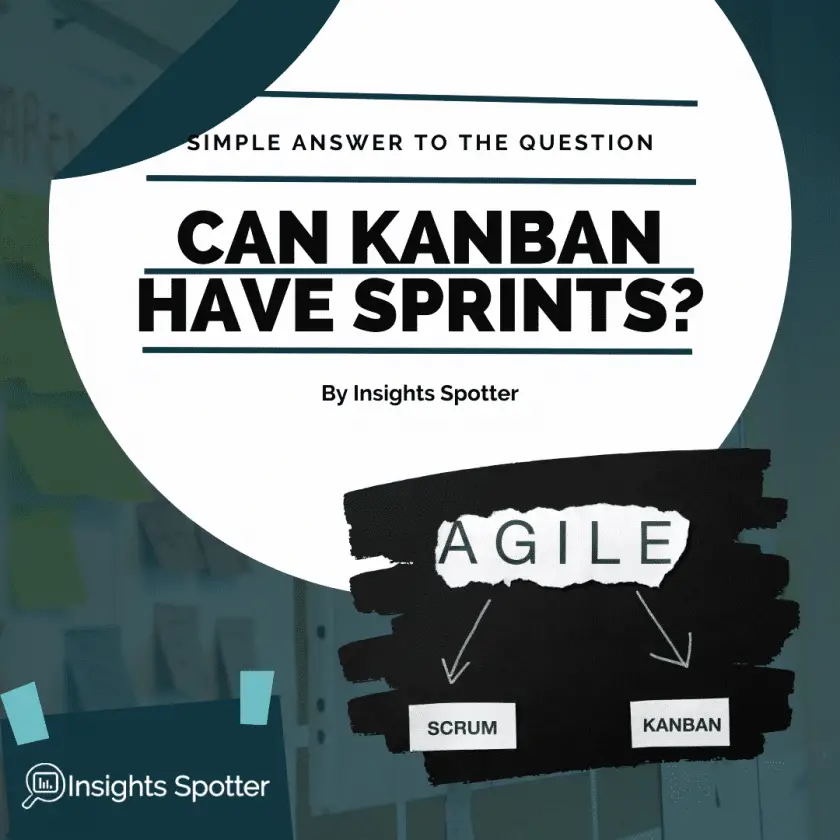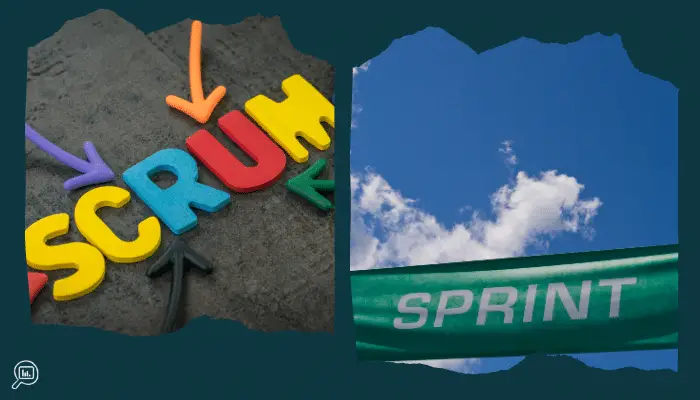Can Kanban have sprints? Simple Answer
Agile methodology has multiple frameworks with different tools and methods between each other. One of the most popular ones is Kanban. When people talk about Agile, they often brought up sprints, but does Kanban have a sprint? If you are interested, then you are in the right place.
Kanban does not have or require a sprint. The framework uses different methods and tools like the Kanban board to address Scrum’s sprints’ benefits. The Kanban has continued, smooth workflow with work items at various completeness stages, and the only time limits are business deadlines.
Say you want to run an Agile project and have a reiterative process; thus, you would have continues improvements for a solution or product. However, it might not be clear how to implement Agile. You have at least two competing frameworks, Scrum & Kanban, that seem to give similar results using slightly different methods. Plus, Scrum often refers to the sprint method (time limit to complete work). So now, you are wondering if you need one with Kanban.
To help us understand, we will explore the Kanban framework’s techniques and methods; plus, recognise how they deliver similar results to sprints. The post aims to show why there are no sprints and why you do not have to use them in Kanban.
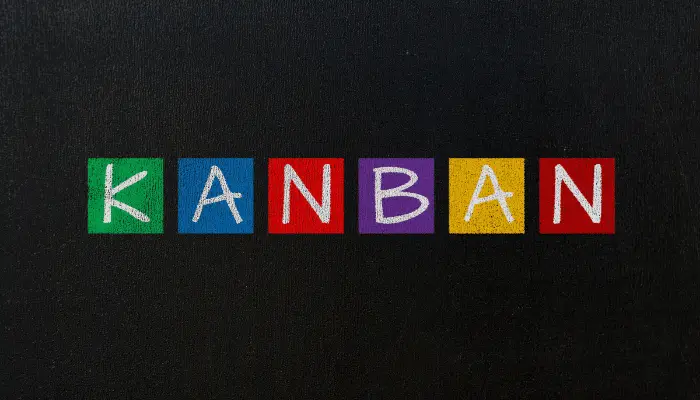
What Is The Kanban Framework?
Kanban is a profoundly visual work management method developed in Japan in the late 1940s by Taiichi Ohno, a Toyota engineer. The word Kanban translates in Japanese as signboard or billboard.
An interesting fact about the Toyota factory is that there is a cord, and if there is an issue, any worker could pull it. Then everyone together solves out the problems fast, which shows continues improvement and joint responsibility in action.
Also, Kanban is a very flexible framework and can be applied to multiple organisations with ease as long as principles are followed. Principles are essential because they steer methods or tools the framework is using, which make it efficient.
The reason Kanban is so flexible is because of a straightforward structure and little required rituals. For example, frameworks like Scrum need to have dedicated roles like Scrum master or product owner.
Yet, Kanban has roles & responsibilities absolutely the same as in the usual business. The work execution methods are the once that are changing.
If you like to learn more about Kanban roles & responsibilities check out my post discussing if Kanban have a product owner.
What Is A Scrum’s Sprint?
To understand why we do not need a Kanban sprint, we need to understand a sprint and its related benefits. Then we will investigate how Kanban can address these.
Sprints are at the centre of the Scrum framework, competing with Kanban as a framework to apply Agile methodology.
Fundamentally, a sprint is an iteration, which lasts from 1 week to 1 month and is repeated at regular intervals over a project’s life. We would decide on sprint length at the beginning of the project and stick with it. So, based on that, there is nothing groundbreaking.
The key, though, is what happens during the lifecycle of a sprint. For example, we would aim to complete all planned tasks we pull in the sprint backlog for a product or solution, including testing and user acceptance. Thus, a new version could be shipped or made available to users. The approach is the primary reason you can split a complex project into bite-size pieces.
Learn more about Scrum in my post Scrum vs Sprint
What are the benefits of a Scrum’s Sprint?
Deadlines in Scrum’s sprints
Deadlines and due dates are very evident for any given task in the sprint. A project team would start with the most important tasks to finish first and adds them to the coming sprints. If you allocated tasks to the sprint, you intend to complete them fully.
Hence, you know when we can complete each task and a project as a whole by dividing work into multiple sprints with tasks that have precise delivery dates. Plus, there is a time pressure to complete work, which sometime could help people to work at their best.
Modification or Changes in Scrum’s sprints
The team would not introduce new tasks in the sprint while it is in progress, allowing the team to concentrate on tasks at hand and not be distracted by various ad-hoc requests.
However, when the sprint is completed. The team can consider all new requirements added to the backlog, and if some of these have high priority, they could be worked on first. In most projects, this would work perfectly well. If compared with the Waterfall project, this is a significant improvement. Yet, Kanban goes one step further, so keep on reading.
Prioritisation in Scrum’s sprints
As we have discussed previously, each sprint has its tasks’ backlog, which will be attempted in the period. The team would pull a task from the project, or product backlog prioritised based on the importance. Thus, the team would work on the most critical tasks first.
A measure of Productivity or Velocity in Scrum’s sprints
After running a few initial sprints at the beginning of the project, the team defines an arbitrary number, highlighting how much the team can complete in one sprint. The number is also known as the team’s velocity. Then a number is allocated to each task that is in the backlog. When you take all your tasks, the total number should not exceed velocity for the whole team, which the team achieved in previous sprints.
The above measure services few goals. First, you would be that the team does not overwork and always perform at an average constant rate, i.e. velocity. Second, after an initial few sprints, you can derive a relatively accurate measure of time it will take to deliver the whole project, which is split into several sprints.
Summary of benefits when using Scrum’s sprints
Thus, we have a sprint:
- Helping to push task via specified timelines/deadlines,
- Providing iterative deployments,
- Completing the highest priority tasks first,
- Ensuring the team completes all tasks in the sprint without being distracted by new ad-hot tasks and not overworking.
Now, let’s see how Kanban can cover all those benefits, which seem to be quite a few.

How Does Kanban Ensures Smooth Project Execution?
Kanban takes a slightly different approach to Scrum with similar results at the end. Plus, in some situations, it may even produce more advantages than a sprint.
What Tools To Use In Kanban?
The key to Kanban is to easily visualise work on a Kanban board with Kanban cards/sticky notes and identify easily bottlenecks and ways to limit waste. The board is visible to the team and, at the most straightforward version, shows stories in Backlog/Not Started, In Progress or Done items. Of course, it could be multiple other columns introduced.
Prioritisation & pulling system in Kanban
The task flowing from Not Started to Done is called workflow, and the framework aims to optimise it. Each time there is capacity in either column, a new task is pulled from the previous one. So, here we see the first similarities with the sprint. Both Sprint and Kanban pull a task, but Kanban works on task by task bases wheres sprint on sprint batches. Therefore, Kanban deliveries are continuous, and value is realised anytime a task is completed and not a whole batch.
Prioritisation of the task works the same way as in sprints. The backlog or not started tasks are sorted by the most important, which are picked up first.
A Measure of Productivity and WIP Limit in Kanban
Kanban does not have a measure of velocity, but instead, it has measures like Cycle Time and Lead Time that looks into how long it takes for tasks/stories to move from one end of the board to Done. Check more extensive description later in the blog. Thus, the team can see how well they are doing.
However, these measures will not prevent a team from pulling too many tasks and clogging the flow process. The idea is that if the team members overly multitask, the quality and speed decreases. New researches show that multitasking doesn’t work, and you can find one of the articles on the subject here.
To not overflow any of the given columns, Kanban introduces work in progress limit (WIP). WIP limit is precisely what it says it is. A limit on how much work the team can pull into each column, i.e. Not Started, In Progress and Done. Say, If the optimal number is five tasks per each column, then the team would pull up to five tasks and wait to complete some pulled tasks before getting more.
Thus, the limit allows a team to concentrate on assignments selected and not overstretched over countless tasks and have little progress to show. We will discuss measuring the project’s length in a Kanban environment as part of a section about deadlines.
How Does Change Work in Kanban?
Plus, Kanban does an excellent job of introducing change in the process. We are working on a task by task bases, and we can introduce any new, more critical tasks immediately after we complete one in progress. Thus, we do not need to wait for the end of a sprint like in Scrum. Hence, you are much more flexible in delivery.
Deadlines in Kanban
Now, you could argue that Kanban does not have a deadline for any of the tasks, which would be correct and may be seen as disadvantaged compared with sprints. However, a business can quickly introduce a deadline for the full solution delivery, and all Kanban tasks can work towards those goals.
Also, Kanban takes a slightly different approach than traditional project management with strict deadlines. Kanban would use measures, like Cycle Time & Lead Time, to identify gaps & blockage areas. Then the team would look into ways to improve the process or flow of tasks continuously. Therefore, by definition resulting in a fasters delivery path for the project regardless of the deadlines.
The problem is that in a lot of projects, a business gives deadlines without having a detailed understanding of the time things will take. Thus, often these are pushed multiple times before settling on something achievable. Kanban does not need to think about deadlines as you are working to the most optimal outcome anyway.
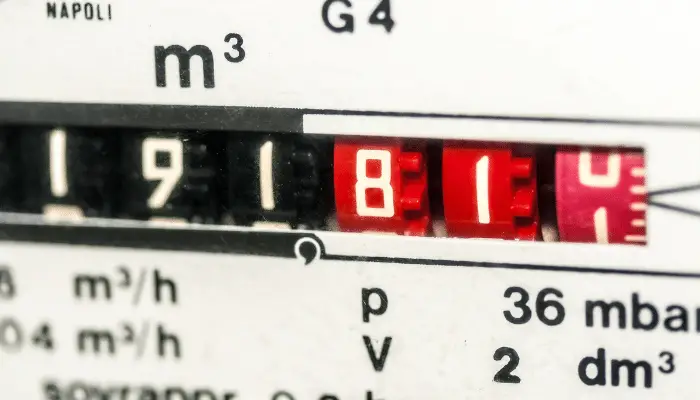
What Are The Critical Kanban Metrics?
Ok, we understand that Kanban can deal with projects very well without sprints. But what are these metrics that are being used to ensure the task is complete in optimal time?
What Is Lead Time In Kanban?
It is a measure that looks into the time it takes for a card to move from “Not Started” to “Done”? Of course, the goal is to move as quickly as possible.
Also, you could look into a measure as to how long it takes from understanding customer/user requirements to a customer getting value.
What Is Cycle Time In Kanban?
It is a measure that looks into the time it takes for a card or story to move from “In Progress” to “Done”? Again, you would like to shorten this as much as possible.
The measure looks into how well the team can process a task through the pipeline when the job progresses.
Summary of Kanban Measures
There are several other measures, but together with WIP limits, these are the main once. The idea is to identify bottlenecks, smoothing up the flow of work, continuously improving and maintaining output.
As we have mentioned before, the whole team is responsible for identifying improvements and solving issues together as in the Toyota factory. There is no they and us; it is the entire delivery team, from developers to sale people, who look to provide value to the customer, and that is a primary goal. Measures indicate how the team is doing and how to provide value faster.
Conclusion Kaban vs Scrum’s sprints
So, as you can see when we compared the sprints vs Kanban approach, there is no need to have sprints in Kanban. We can address all the benefits that sprints bring, like clear delivery timelines, prioritisation, modification or changes, and productivity measures.
Actually, in some areas like changes at any point in time, Kanban could be more superior out of two frameworks, Scrum and Kanban, as we can introduce change at any moment and do not need a sprint to end.
Ultimately, both Scrum with sprints or Kanban will deliver some tremendous Agile results and make the workflow much more smooth than traditional project management. Still, you might want to consider Kanban, where priorities widely-varying as it can adjust to changes even better than Scrum. Scrum goes well with more consistent priorities.
Finally, Scrum practitioners often use Kanban boards to track tasks, and you end up with mix version anyway, which could work perfectly with your project. But this is a topic for a different post.
Subscribe to our newsletter!
 ABOUT ME
ABOUT ME
I am an experienced ex. Business & Data Analyst and now a Project Manager with multiple years of experience gained in several international companies.
These days, business problems require data crunching and telling stories to make the right decisions. Simply put, business stakeholders need insights into their projects and deliveries.
This is where I come in. I have learned and applied Python, Power BI, SQL and Excel to analyse and present data. Also, I gained experience in Project Management and Business Analysis. So, I can not only spot insights but execute business decisions. Moreover, I can teach you as well. Read More
Best Books








Latest Blog Posts
- Sustainable Project Management: Trends, Tools, & Strategies
- Unlocking Strategic Value: How NIST CSF 2.0 Shapes Project Choices for Better Outcomes
- Cybersecurity Project Management: Protecting Your Digital Frontier
- What are the Different Types of Planning in Project Management?
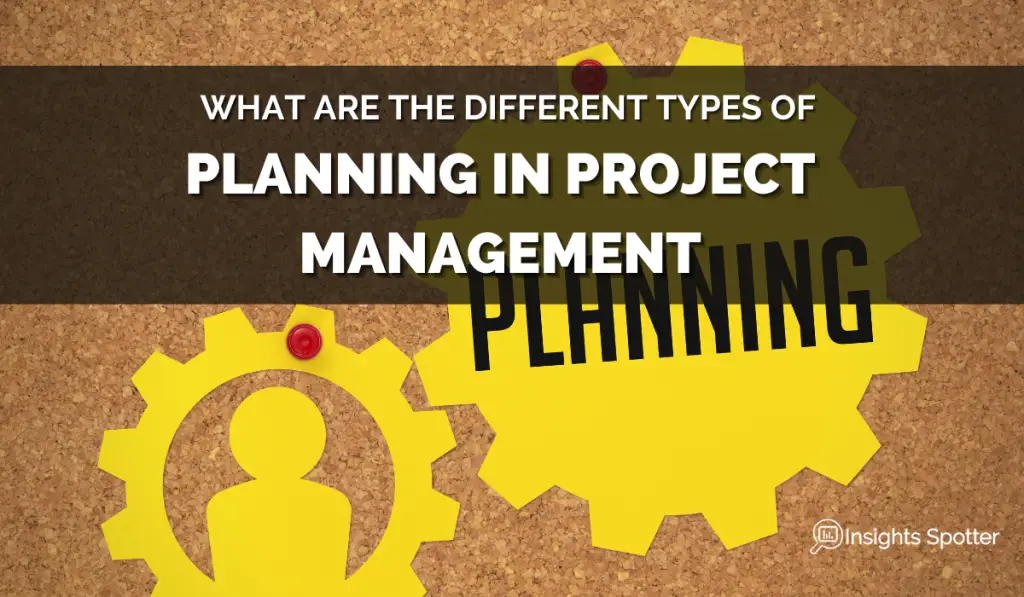
- Transforming Project Management with AI Software: Tools, Challenges, and Best Practices
- Unlocking the Benefits of AI-Powered Project Management
Need Project Manager’s Help!?
Check out the Fiverr marketplace if you do not have time to run your own projects or just need extra help. They do have multiple project professionals, including project managers. Maybe you will find just the right fit to take some burden from you. I have used Fiverr in the past. The prices are also not too bad. If you seek PM via the corporate route, it will be easily 5x the price.

